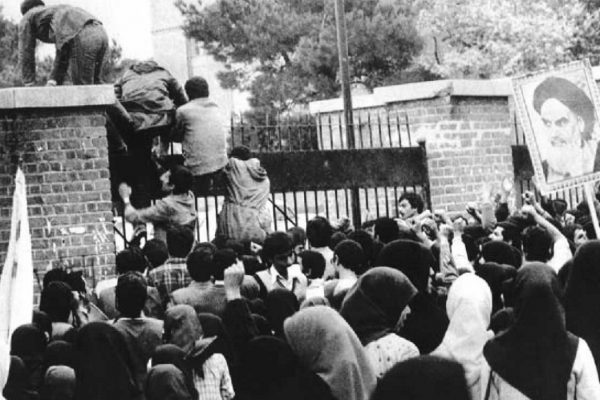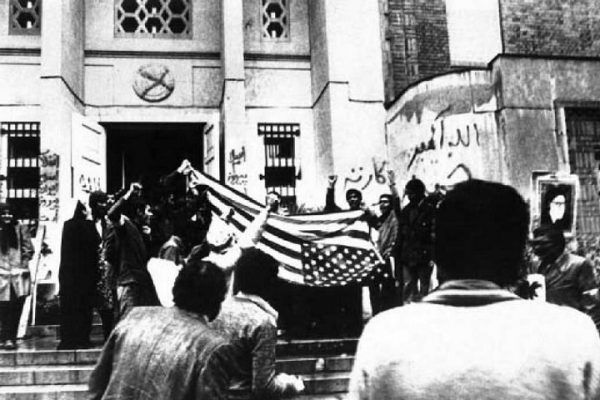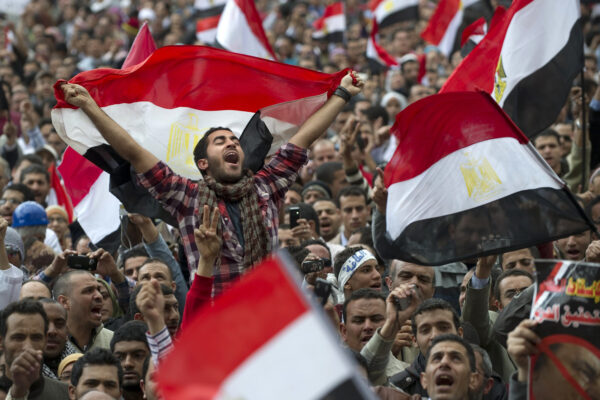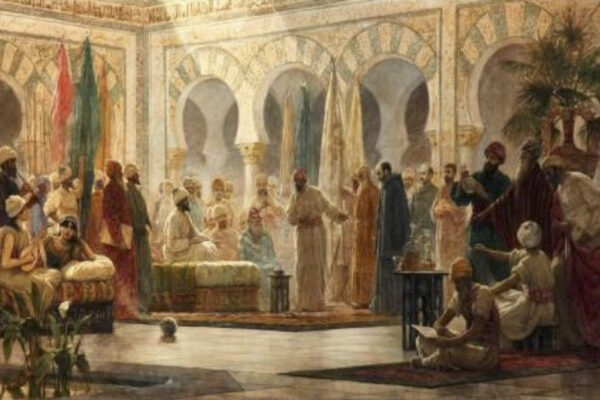November 4th is today known as the National Day of Fight against Global Arrogance in Iran, and Iranians continue to rally in the capital of Tehran every year to mark one of the most crucial events between Iran and the United States in modern history.
November 4th is today known as the National Day of Fight against Global Arrogance in Iran, and Iranians continue to rally in the capital of Tehran every year to mark one of the most crucial events between Iran and the United States in modern history.
On November the 4th, 1979, Iranian students climbed over the gate and broke into the American embassy in Tehran, taking hostage 52 US citizens over what would end up being a period of 444 days. This historical event was spurred by massive protests beginning in 1977, against the US-backed Shah of Iran, Mohammed Reza Pahlavi. After the Shah fled into exile in the US, and was replaced by the Grand Ayatollah Ruhollah Khomeini in the wider 1979 Iranian Revolution, many Iranians felt cheated that the Shah was able to escape trial.
The Shah of Iran, Mohammed Reza Pahlavi, was the last King of Iran and was heavily criticized for being a pawn of the US government. Essentially replacing the democratically elected Prime Minister Mohammad Mosaddegh in a 1953 CIA-backed coup, the Shah became associated with a backwards lavishness and Western-influenced imperialism while the majority of Iranians suffered under economic strain and his notorious secret police service.

After the Iranian Revolution in early 1979, the Shah flew into exile in the United States, which eventually lead to the hostage crisis of November the 4th. Upset that the Shah would not return to Iran to face trial over the numerous human rights abuses, extrajudicial killings, and torture of the Iranian people during his reign, many took to the streets demanding his return.
Iranian students, supported by massive protests across the country, overran the US embassy in Tehran and took hostage more than 50 American diplomats and other citizens who were in the embassy, holding them hostage for a total of 444 days. Demanding the Shah return to Iran for trial, the hostage crisis only ended when Iran agreed to release the hostages in 1980 after the Algiers Accords, minutes before US President Ronald Reagan was sworn into office.
November 4th is today known as the National Day of Fight against Global Arrogance in Iran, and Iranians continue to rally in the capital of Tehran every year to mark one of the most crucial events between Iran and the United States in modern history. In a time of heightened tensions between the US and Iran, it remains deeply worrying that the tensions that erupted in the aftermath of the Iranian Revolution have only continued to simmer underneath renewed sanctions and political backbiting between the two nations.

US President Trump’s decision last year to withdraw from a major nuclear deal with Iran, paired with renewed sanctions on ordinary Iranians, have shocked those hoping for a possible peace deal between the two nations in regards to nuclear proliferation. In addition to this, the US’ continued alliance with Saudi Arabia, who views Iran as its eternal enemy in the region, have only furthered the rift between Iran and the West at large. The recent attack on Saudi’s oil fields, which the Houthi rebels of Yemen claimed responsibility for, were immediately blamed as being a direct attack from Iran by both Saudi Arabia and the US.
All of this points towards the continued stance of the US on painting Iran as the enemy of the East, constantly blaming Iran for numerous conflicts in the wider Middle East while adamantly standing alongside Saudi Arabia, despite Saudi’s continued human rights abuses in Yemen. Iran as well has continued to repute attacks from the US, and while can be criticized on numerous accounts for internal human rights abuses, has never shied away from criticizing US imperialism.
In light of this, it seems as though nothing has really changed much with Iranian-US relations. While there has been a greater flow of peoples, language, and culture between the two nations, the government of both Iran and the US continue to remain staunch enemies. As the Arabian Peninsula becomes increasingly burdened by the yoke of Saudi Arabia, Iran is oftentimes on its own when it comes to political partnerships in the region. While another Iranian Revolution or student takeover of the US embassy are likely to never happen again, ordinary Iranians continue to suffer under harsh sanctions and governmental bickering from both sides – it remains to be seen whether any real relationship between the two nations will ever form at the highest levels of government.





